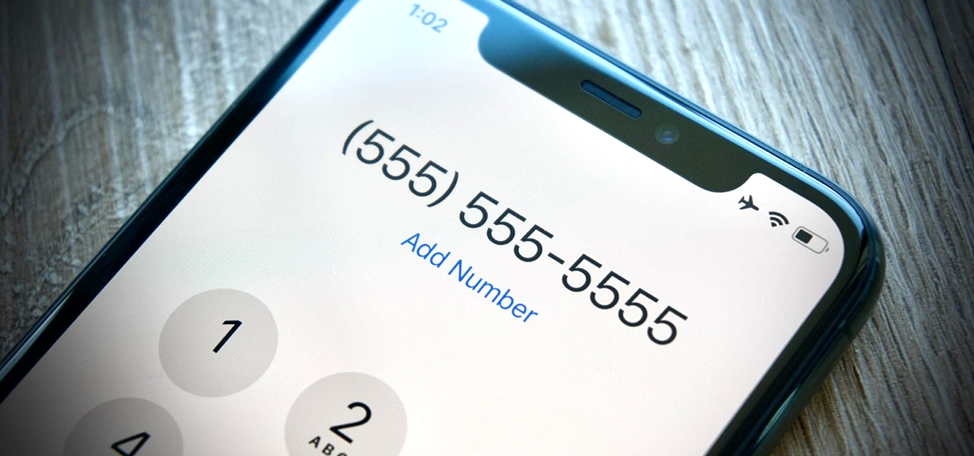Having it could be a literal lifesaver.

In the U.S., most everyone knows to call 911 when there’s an emergency. But what number do you dial when you’re in a foreign country?
As I discovered, this wasn’t something I wanted to be figuring out after I crashed my mountain bike in Malaysia. (For the record, it’s 999 for police and ambulance.)
I suggest you add your destination’s emergency phone number directly to your Contacts. Depending on your phone and calling plan, you may have to enter a dial-out number and your destination’s country code, too.
Wikipedia has a pretty comprehensive list of emergency numbers around the world. Here are the ones for destinations popular with U.S. tourists:
-Canada and Mexico use the North American standard of 911, as do all American territories (Puerto Rico, American Samoa, U.S. Virgin Islands) and much of the Caribbean, including Antigua and Barbuda, Aruba, the Bahamas, Bermuda, Bonaire, Belize, the Cayman Islands, the Dominican Republic, Grenada, Montserrat, St. Kitts, St. Lucia, St. Vincent, and Turks and Caicos. (Jamaica uses 110 and 119.)
-The European Union has created a universal number: 112. Several non-E.U. countries in Europe, including the United Kingdom, Switzerland, and Russia, use 112, too. (The U.K. also uses 999.)
-Australia uses 000; New Zealand, 111.
-India uses 112, as does South Korea. (But foreigners in South Korea should use 1339 for medical emergencies.) Japan uses 119 (ambulance and fire) and 110 (police). In Hong Kong, the emergency number is 999. China uses 110 (police), 120 (ambulance), and 119 (fire).
Twist’s Take: Going overseas? Take a moment and enter your destination’s emergency number(s) into your phone.
